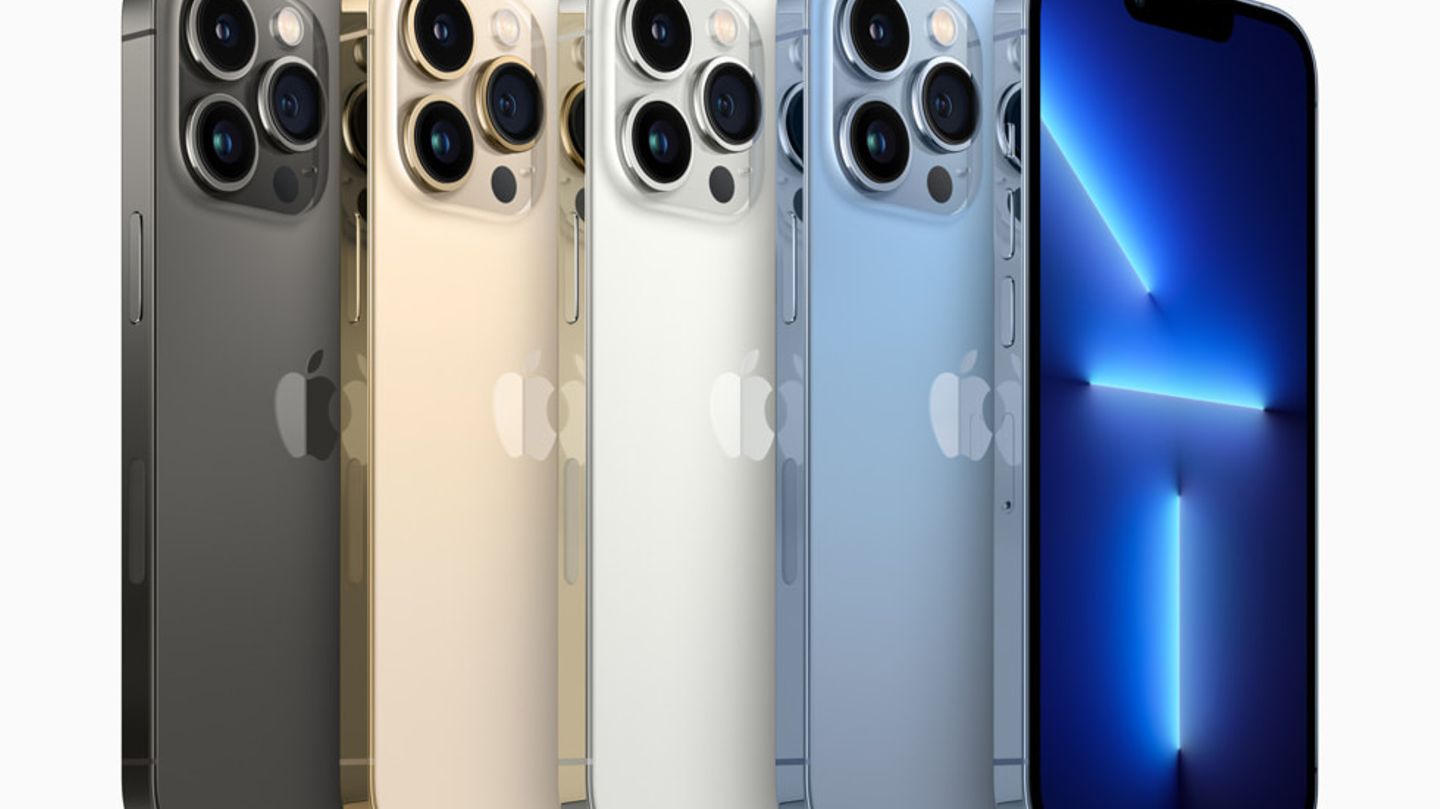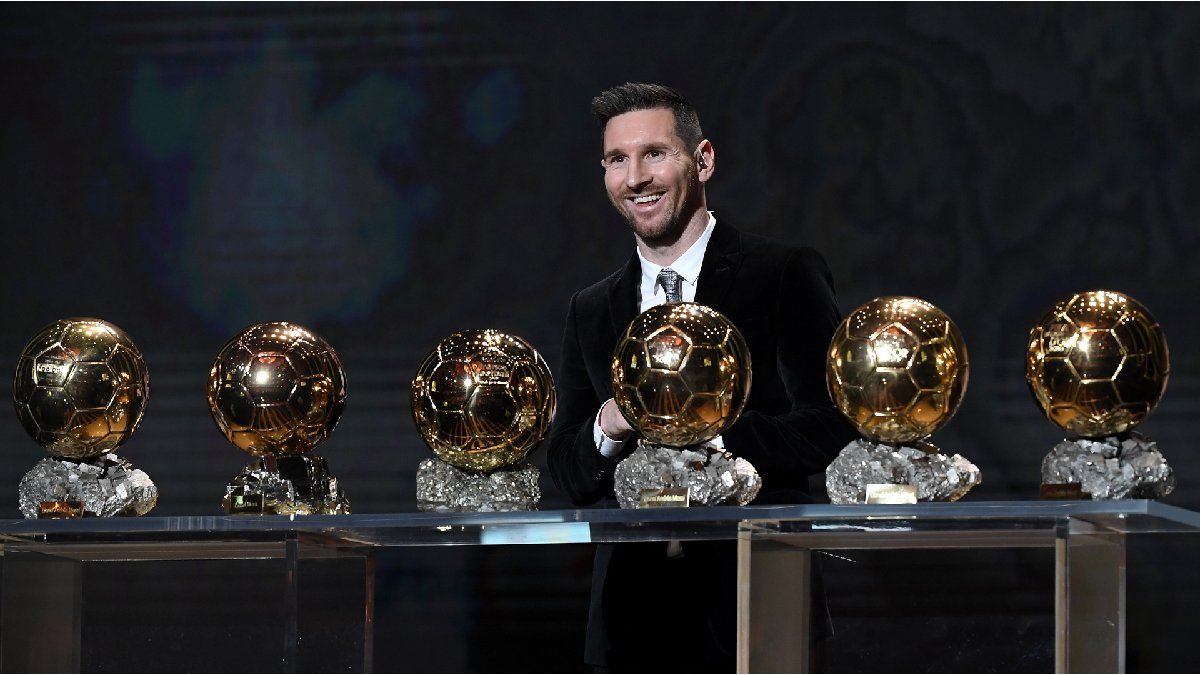Pre-orders for the four models of the iPhone 13 start today. We’ll reveal who should buy – and who can save the update.
At 2 p.m. on September 17, the time has come: Apple is accepting pre-orders for the recently introduced iPhone 13 models, the official start of sales is September 24. As every year, the rush of customers will be great. But is it worth buying the iPhone 13, iPhone 13 Mini, iPhone 13 Pro and iPhone 13 Pro Max? It depends. We explain who is well served with which device.
iPhone 13: This is new
Compared to last year, the leap is not huge, especially not with the two “simple” models. The new iPhones have more computing power – even if Apple avoids comparing how big the difference is. In addition, they offer more battery life across the board (1.5 hours for the iPhone 13 Mini and iPhone Pro, 2.5 hours for the iPhone 13 and iPhone 13 Pro Max) than their respective predecessor models.
Apple has also added one and, in the case of the Pro versions, several shovels for the camera. All new iPhones take better photos in low light and can now record videos with film-quality blur effects. With the Pro models, the improvements are even greater. You can find detailed information about the new features and cameras in this article.
Not a must-have for iPhone 12 owners
The most obvious tip: If you own an iPhone from last year and are satisfied, you can usually save yourself the purchase. Only those who urgently need a longer running time or game performance, regularly take photos in the dim light or value the great video effect, receive real added value. Everyone else won’t miss a thing if they wait another year or more.
iPhone 11: it depends
It looks a little different with the iPhone 11 and its variants. After two years, the differences to the current models are quite noticeable. And not just because the cameras have become significantly better and the processor has become considerably faster. There is the display, for example: While the relatively expensive iPhone 11 Pro was still the smallest model in the 11 series, the iPhone 13 Mini is now an even smaller, but at the same time considerably cheaper version. At the same time, the display size of the Pro model has been adapted to that of the basic model. And the Pro Max has gotten even bigger in comparison. In addition, because all models now rely on OLED technology and the Pro and Pro Max even have an XDR display, all devices have a noticeably better picture.
And then there are the numerous other changes. For example, the option introduced with the iPhone 12 to log into the 5G network. The networks are still under construction, but it is going faster than planned. The magnetic back and the resulting options for wireless charging, for example, have also been added.
It really depends on what you expect from your device. If you are satisfied with your iPhone 11, you can easily take another year off. On the other hand, each of the iPhone 13 models should represent a noticeable improvement in many ways.
Especially those who have opted for the iPhone 11 Pro because of the smaller display should find a great alternative with the slightly smaller iPhone 13 Mini – which also offers the cheapest upgrade. If you want the best graphics performance or you can’t do without the triple zoom, you have to use the Pro model – and pay significantly more. Here it is important to weigh up.
Clear recommendation for older iPhones
From the iPhone Xs and younger, the decision becomes easier: If you are not completely satisfied, you can think about a change with a clear conscience. The performance, the cameras and also the battery power have made so much progress that each of the new iPhones represents a real leap. If you come from an iPhone with a home button, i.e. the iPhone 8 and older, the step is simply huge. Then there are actually only two reasons not to strike. On the one hand there are the new displays. If you don’t want to do without the home button and the Touch ID fingerprint scanner, or if the displays of the iPhone 13 models are simply too big, none of the new devices is an option. The best device with a really small display and home button is the iPhone SE, which Apple relaunched last spring with the technology of the iPhone 11. The economy model is the last iPhone with a home button that is still available. If you have an even older device, it can be worthwhile to access it again before Apple completely removes this design from its range.
If you can do without the home button, the rather high price could discourage you from buying the new models. You won’t get any of the iPhone 13 models for less than 800 euros. If you want a telescope lens or other pro features, at least 1150 euros are due. For those who are thrifty, it is therefore worthwhile to look around for inexpensive previous models as an alternative to the new models.
The still good iPhone 11 is available directly from Apple for 580 euros, and it is sometimes even cheaper online. From around 630 euros you can get a new iPhone 12 Mini, for 570 euros more the regular iPhone 12. It should be noted, however, that while the iPhone 12 and older start with a storage capacity of 64 GB, even the smallest iPhone 13 has 128 GB. If you need more memory, the difference between the previous year’s model and the current one can be as little as 50 euros.
Android users willing to switch
Owners of an Android smartphone have to assess very individually whether they want to switch to an iPhone. The new iPhones are clearly the best smartphones with Apple’s iOS system. However, only a detailed test can show whether they are better than, for example, the top models Samsung and Co. Especially since a folding smartphone like the Galaxy Z Flip3 (here in our test) is available for the price of the Pro models. For those switching from older models, the purchase is definitely worthwhile.
David William is a talented author who has made a name for himself in the world of writing. He is a professional author who writes on a wide range of topics, from general interest to opinion news. David is currently working as a writer at 24 hours worlds where he brings his unique perspective and in-depth research to his articles, making them both informative and engaging.




